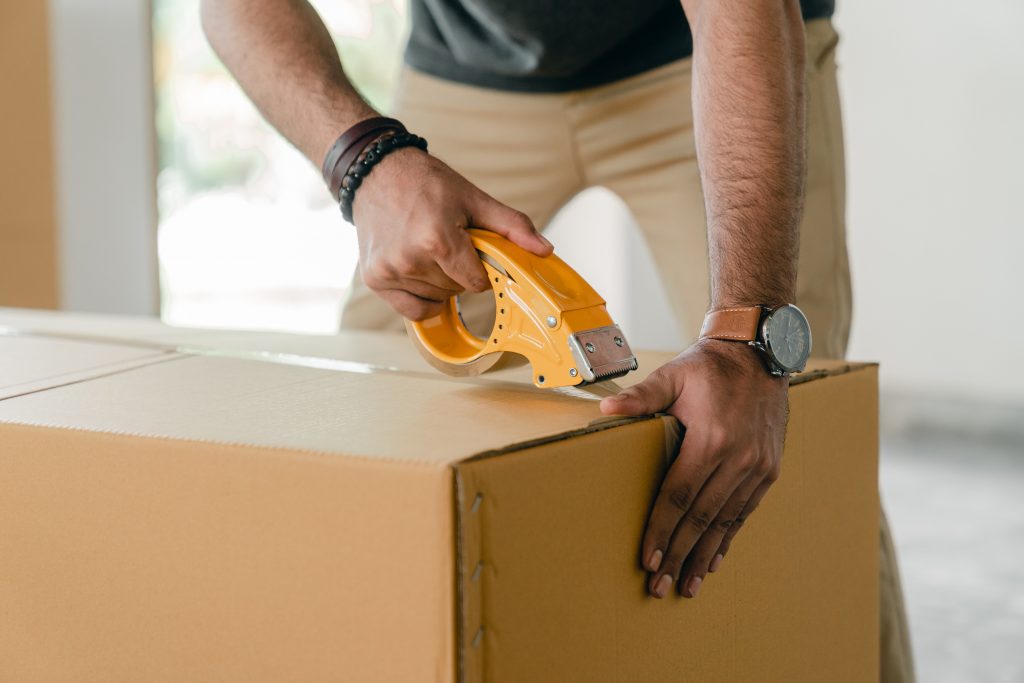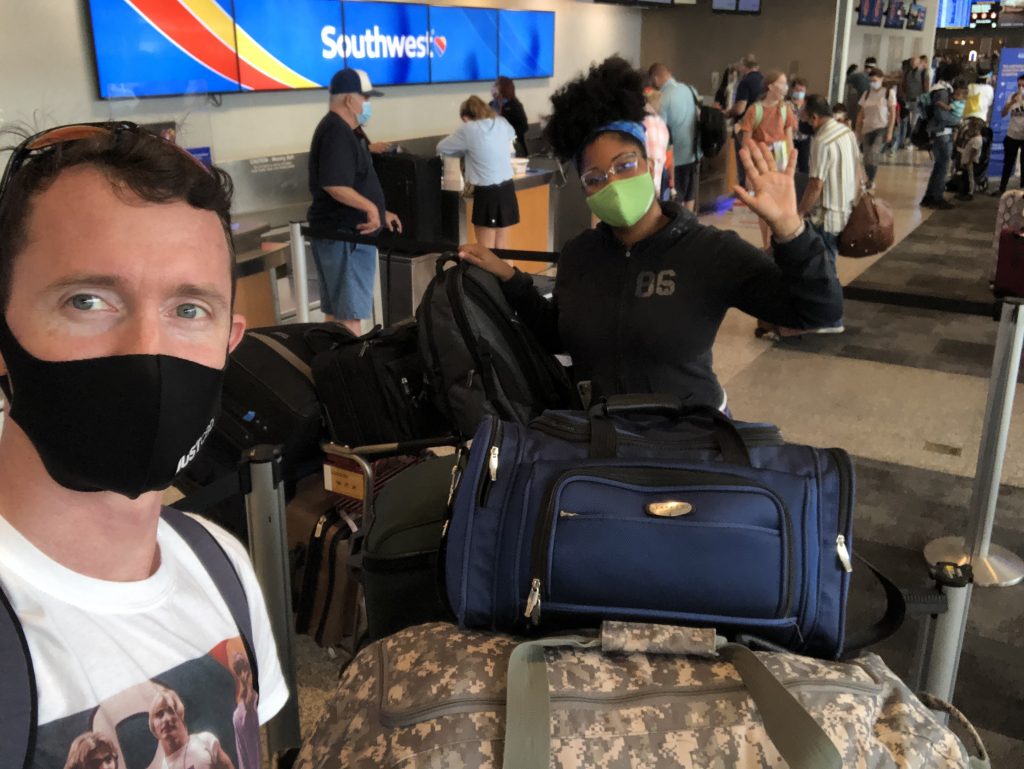10 Easy Tips on How to Pack for an International Move

When it comes to an international or overseas move, you’ll learn that some items you can’t take to your new country. You’ll also realize that some items are a crucial part of your daily routine that you will not want to be without them, even for a little while. In this article, we help you set up a process to organize your packing so nothing gets broken, left behind, or packed when it should be carried. So read on to answer the question, “How do I pack for an international move?”
The average American moves 11.7 times in their lifetime. It is also estimated that 9.8% of Americans move yearly, and an estimated 10 million reside in foreign countries. As you may already know, Jas and I contributed to these numbers in 2021 by moving to Costa Rica.
One thing that everybody who moves has to deal with is packing. So today, we will share 10 Easy Tips on How to Pack for an International Move.
If you are preparing for a move to another country, before you start packing, ensure that you have already met with your sea freight broker to review the sea freight and customs restrictions. Each country has different rules and regulations on what can and cannot be imported. As for us, we are working with International Relocation Partners.
1) Set up your packing station
Set up your station and packing supplies in the largest room in your house. Then work one room at a time to bring your items into your workspace. This will help keep your boxes organized by room type and the clutter concentrated in a single location in your home.

2) Categorized into three groups
Separate your items into three separate categories Ship, Save, and Shed.
- The “Ship” category is for all the items you’ll send to your new location via sea freight.
- The “Save” category is for the few items you will carry with you on your journey. You cannot live without these items while waiting for your shipment to arrive. Jas and I checked 11 large suitcases filled with these items on our flight to Costa Rica.
- And the “Shed” category is for all the items that you will sell or donate.
It’s a good idea to start mentally preparing yourself for this process. Start at least a few months ahead of time. We learned firsthand that this whole process can be mentally and physically draining.

3) Lay out your items
Spread all your items out on your workspace floor, then visualize a packing order.
4) Protect your items
Individually wraps each item in plastic wrap, paper sheets, or bubble wrap. This will protect your items from damage from rubbing against each other during the weeks of sea transport. For moisture-sensitive items like paper products, clothes, and electronics, seal them in vacuum bags or plastic wrap with a few packs of moisture-absorbing silica gel packets.

5) Pack like Matryoshka dolls
Pack smaller items into larger items; this will help save room in your boxes. Make sure you wrap them tightly with plastic wrap, so they do not move independently from each other.
6) Number your boxes
Number your boxes and then put your Tetris skills to work. Fitting as many items as you can into a single box. Make sure to pack in layers but not overpack the box where it is too heavy for you to lift or ruins the box’s integrity.
The denser you pack the box, the better. This will help the box keep its form and hold up under the pressure of other boxes stacked on top. Fill all voids between items with packing paper or bubble wrap; this keeps your things in space and prevents damage from objects from bumping into each other.
7) Take inventory
Fill out a detailed and itemized packing slip corresponding to each box’s number. Be sure to include the value of each item on that packing slip. This step will make it easier to make a master packing slip and fill out paperwork for insurance and import taxes. It also helps you take inventory and simplifies unpacking in your new home.
8) Fill out packing slips
When the box is complete, and the packing slip is filled out, separate the three copies of the packing slip. Keep one for your own records, put two sheets in a clear plastic sleeve and adhere it to the face of the box.
9) Secure your boxes
Add any packing label outside the box, such as “fragile,” “heavy,” or room locations. Seal the box with heavy-duty packing tape, then inspect it. Ensure the bottom of the box is secure and won’t fall out while moving. Now, reinforce any box part that could fail with more packing tape.

10) Protect your clothes
Pack all your lines and out-of-season clothes in quality vacuum-sealed bags to keep the humidity of sea travel out and save space in your boxes.
We sure hope you’ll find these tips as helpful as we did. Issues with missing or broken items are the last thing you should be worrying about when you move overseas, so plan accordingly and follow these 10 easy Tips when packing for an international move.




Wow, This Is Awesome, One Can Easily Travel Around The World If You Have Enough Fund, Looking Forward To Getting Married Soon Then Travel With My Wife Too. Jas And Chris, You Guys Are Really Doing Great Here. Love You Both.
Most international moving companies offer door-to-door and door-to-port services. This helps you gain peace of mind knowing that you’re reducing the risk of losing everything to a rogue trader.